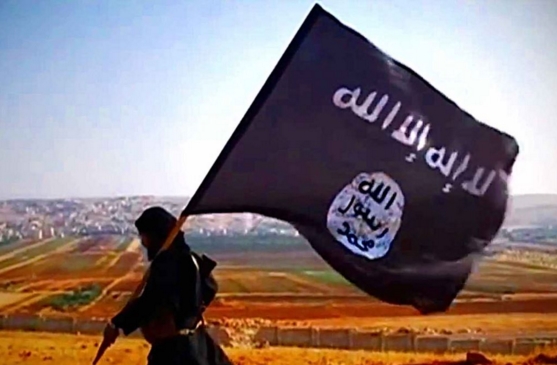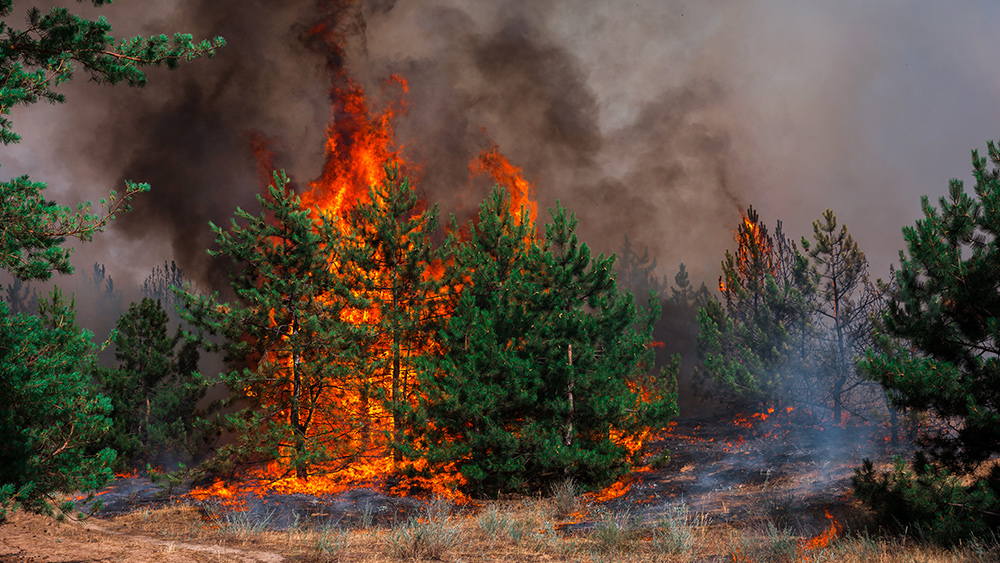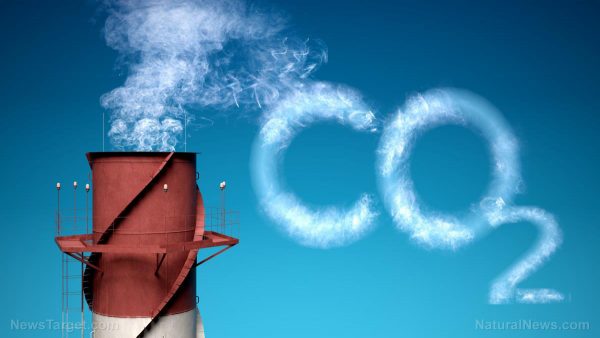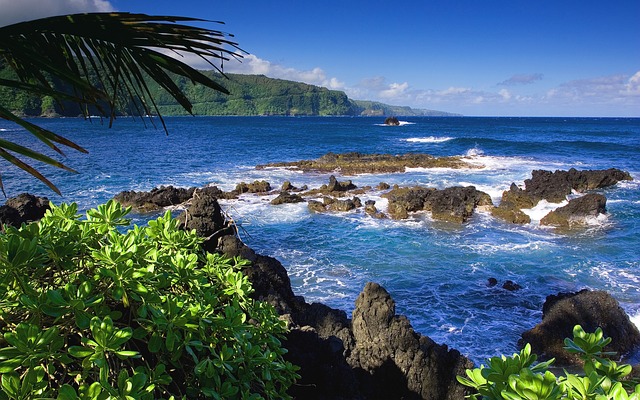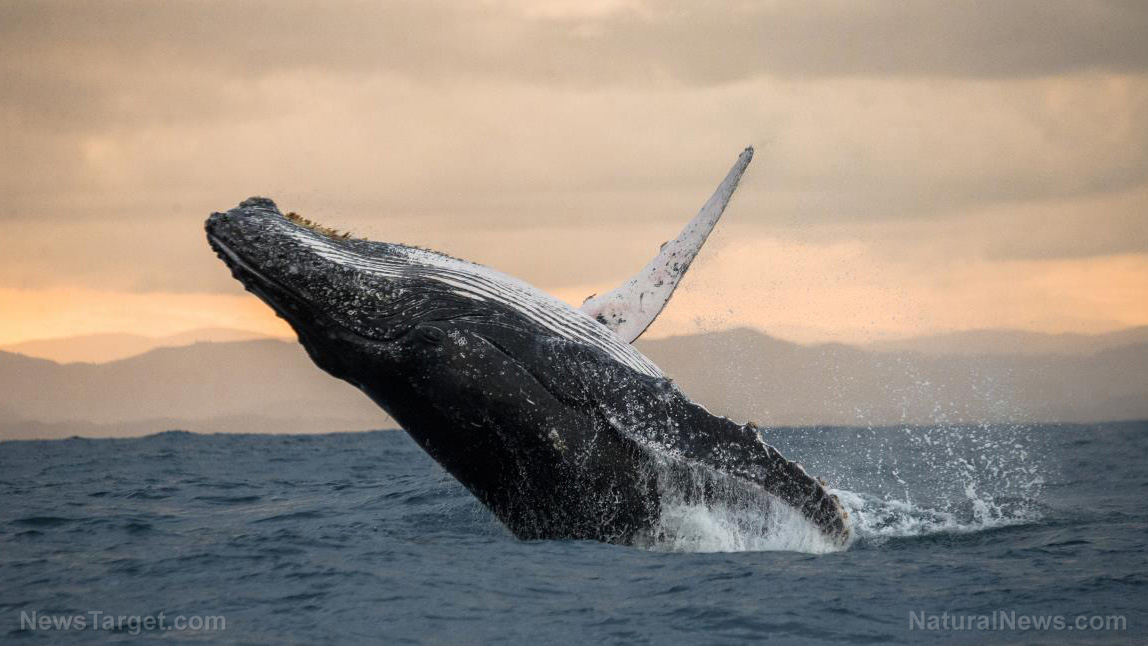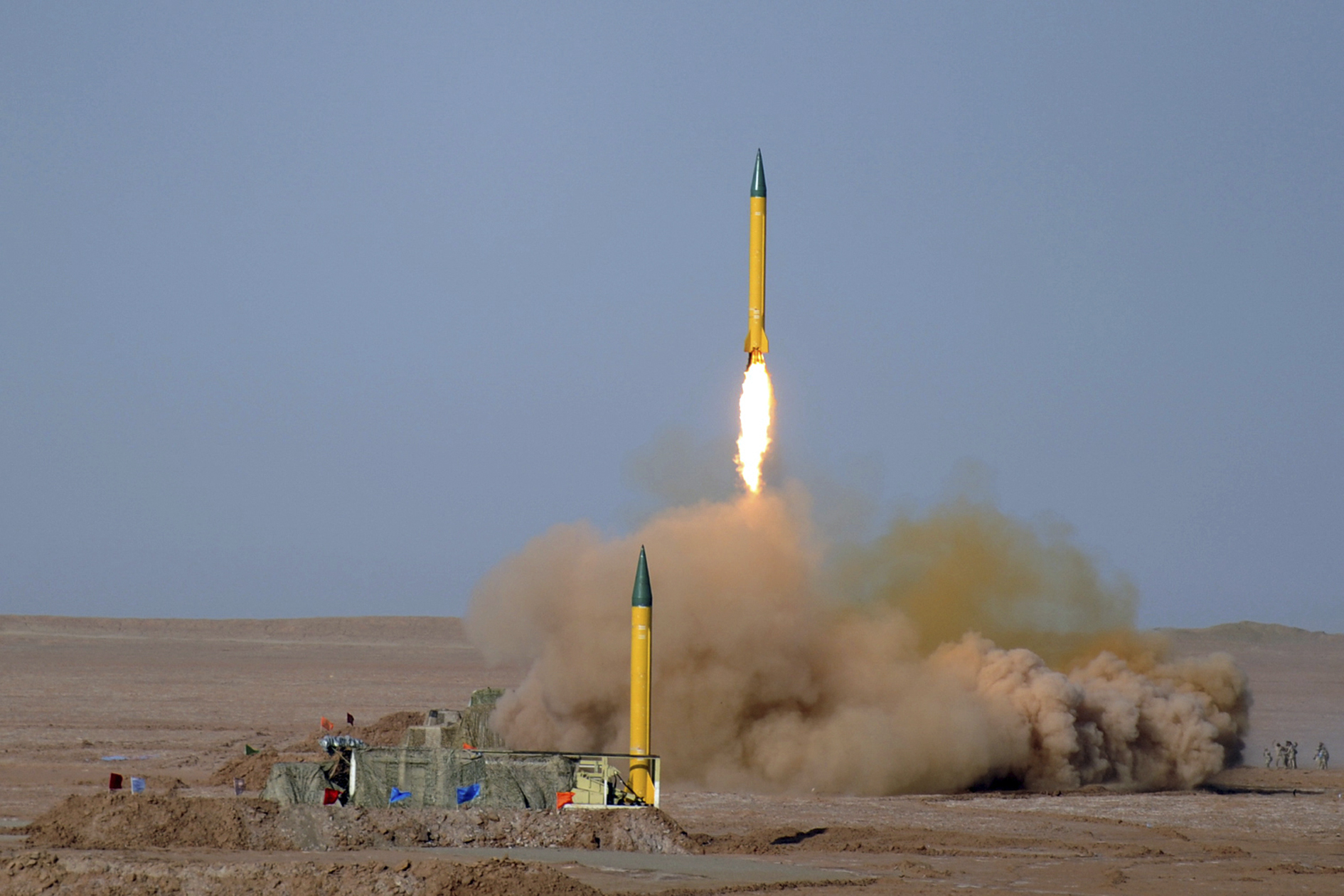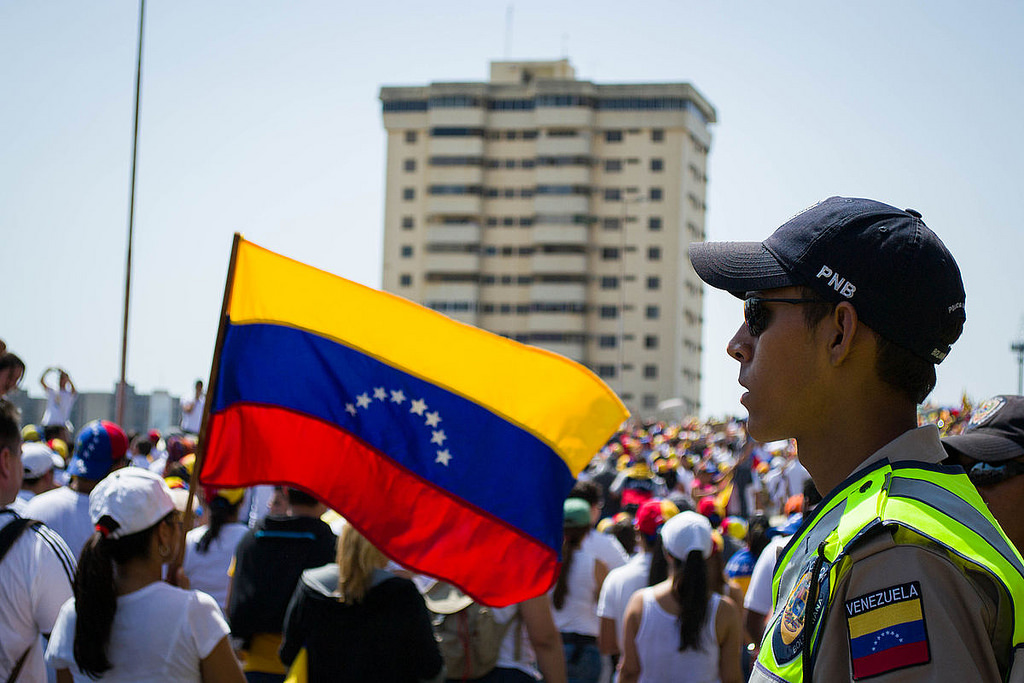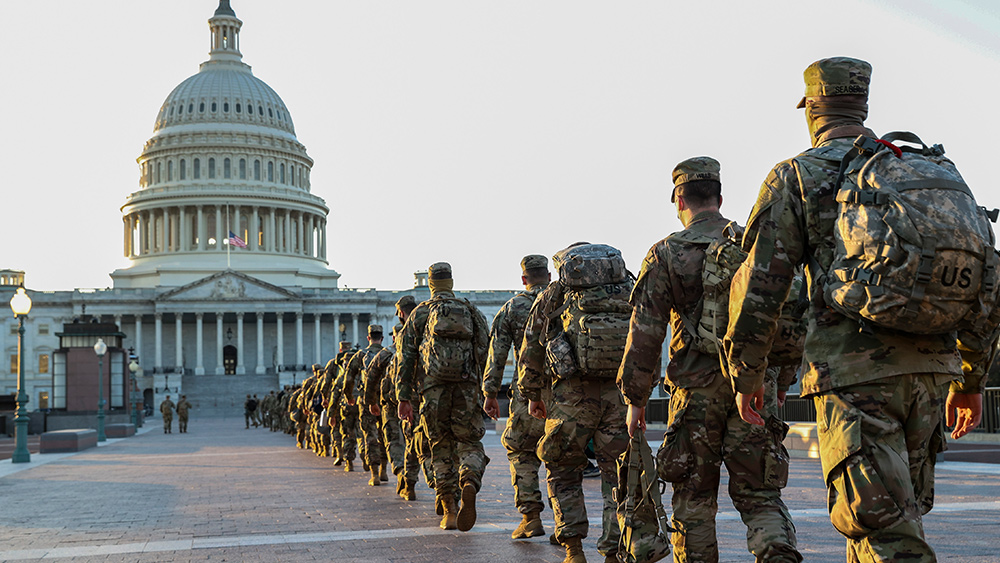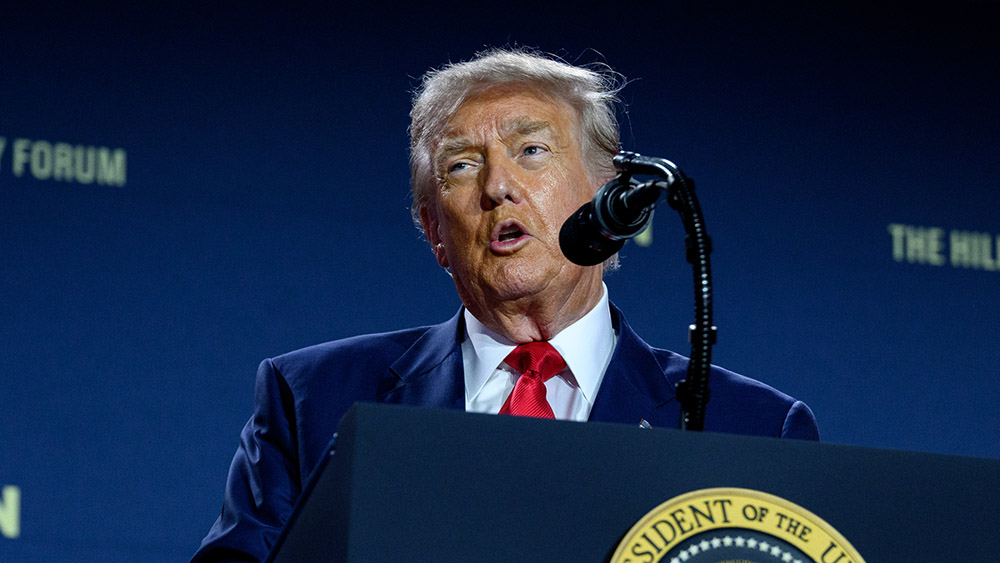Maui wildfire kills at least 114 – already the highest in modern U.S. history, with over a thousand still missing
By zoeysky // 2023-08-21
Tweet
Share
Copy
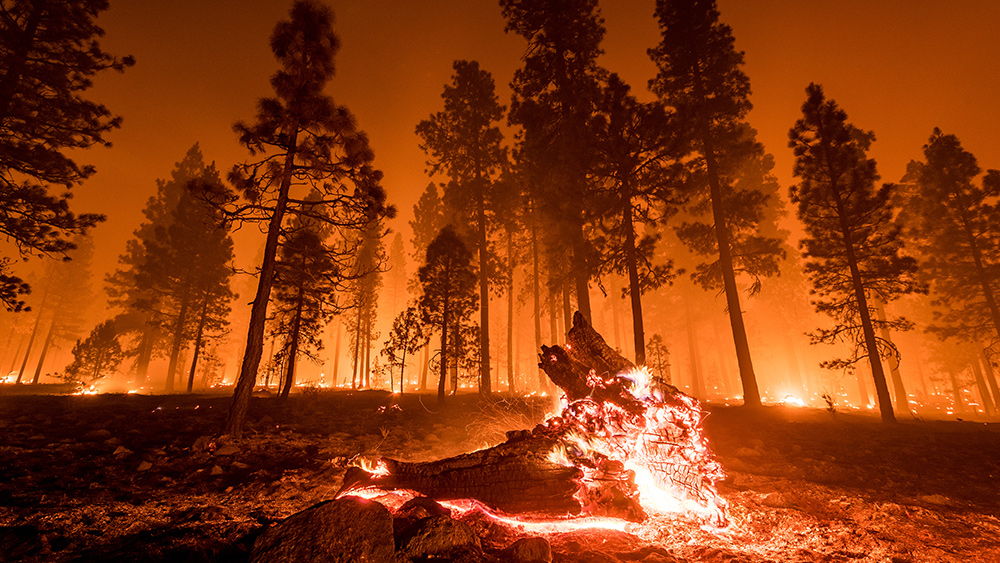
At least 114 people had been confirmed dead and over a thousand were still unaccounted for following the early August wildfires that spread in the heart of Maui, an island in Hawaii. The devastating fires burned much of the historic town Lahaina and forced scared, desperate people to jump into the ocean to escape the flames.
It's now considered as the deadliest wildfire in modern U.S. history, surpassing the 2018 Camp Fire in California that killed 85.
Officials have expressed fears that the death toll could still increase, with Maui Mayor Richard Bissen offering "prayers for comfort in this inconsolable time" to the families of the victims.
Mahina Martin, a spokesperson for Maui County, said that flyovers of the coastal town of Lahaina by the U.S. Civil Air Patrol and the Maui Fire Department revealed the extent of the destruction and loss. The Lahaina town center dates to the 1700s and is listed on the National Register of Historic Places.
Aerial footage reveals dozens of homes and businesses in Lahaina were flattened, including on Front Street, a popular shopping and dining spot for tourists.
Richard Olsten, a helicopter pilot for a tour company, said the view was "horrifying" and that he had never seen anything like it in his 52 years of flying in the area. Olsten, other pilots on board, and the mechanics were brought to tears by the devastation.
Acting Gov. Sylvia Luke said the flames "wiped out communities" and advised travelers to stay away because the place is still unsafe.
The Maui fire is the deadliest one in America in 100 years, rivaling the 1918 Cloquet wildfire in Minnesota, which claimed the lives of more than 450 people. The Cloquet fire started in the area because it was experiencing tinder-dry conditions and a spark from a passing train started the destructive fire.
Officials urge visitors to leave Lahaina
Maui officials have advised visitors to leave Lahaina. The island organized a "mass bus evacuation" on Wednesday afternoon to drive people directly to the airport, according to an update from the county. The county also said that West Maui is still without cell or landline phone service and electricity. Maj. Gen. Kenneth Hara, adjutant general for the Hawaii State Department of Defense, said that while the exact cause of the blaze is still unconfirmed, several factors, such as high winds, low humidity and dry vegetation, could have contributed to its rapid spread. (Related: Maui wildfires: Lawsuit accuses Hawaiian Electric of negligence resulting in wrongful deaths, severe injuries and damages to property.) The wind-driven wildfire spread through the area with alarming speed and ferocity as it burned through intersections and spread across wooden buildings in the Lahaina town center. Tiare Lawrence, whose 14 cousins and uncles escaped the town and took refuge at her home in Pukalani, east of Lahaina, said her relatives described the fires as "apocalyptic." Keʻeaumoku Kapu, a Lahaina resident, said he was tying down loose objects in the wind at the Na Aikane o Maui cultural center he runs in town when his wife showed up on Aug. 8 Tuesday afternoon. She warned him that they needed to evacuate. Kapu added that around that time, "things got crazy, the wind started picking up." He said he and his wife were lucky because they managed to escape "in the nick of time." Kapu said they saw "fire and billowing smoke." Together with a friend, Kapu and his wife rushed into his pickup truck. In the time it took for them to turn around, their building was already in flames. The National Weather Service said that Hurricane Dora, which was passing to the south of the island chain at a safe distance of 500 miles (805 kilometers), was partly to blame for gusts above 60 mph (97 kph) that knocked out the power and grounded firefighting helicopters on the island of Maui. James Tokioka, director of the Department of Business, Economic Development and Tourism, said the residents have lost everything, from their homes to their animals. Kapu said they didn't have time to pack anything before they had to drive away. They were forced to leave behind years of research material and important artifacts. Lawrence said that while Lahaina is often thought of as just a Maui tourist town, it has a strong Hawaiian community. She added that she was heartbroken because others like her have lost their homes and precious memories in Lahaina.Federal investigators to find out what caused the fire
Investigators from the federal Bureau of Alcohol, Tobacco, Firearms and Explosives (ATF) were sent to Maui to find out the exact origin and cause of what is now considered the deadliest U.S. wildfire in a century. The five-member ATF team includes an electrical engineer, fire investigators and other personnel from Washington, D.C., Honolulu, Maryland and Seattle. Since the fire, which began on Aug. 8, killed more than 100 people, speculation about what caused it pointed to power lines, but investigators have found no definitive proof. Experts believe one possible cause of the fire was high winds that downed power lines in the affected areas. Some victims have sued Hawaiian Electric, the state's largest utility, because they believe it provided equipment that wasn't strong enough to withstand heavy winds. Victims have also accused the utility of failing to turn off the power after high wind warnings were issued. Hawaiian Electric officials claimed that turning off the power would have endangered those who needed medical treatments that relied on electricity. Officials added that a shutdown could also have hindered the work of emergency workers. Several teams with cadaver dogs are still searching the ruins of Lahaina town and authorities have repeatedly said it is still unclear how many were killed in the fire. As of writing, the number of people unaccounted for is still at about 1,000, suggesting that the death toll will continue to increase. Officials said that only 35 autopsies have been completed and only seven people have been identified. According to reports, the Maui wildfire has also destroyed or damaged over 2,200 buildings, 86 percent of which are residential. The damage is estimated to be worth $5.5 billion. At a news conference, Hawaii Governor Josh Green announced that help is arriving for those left homeless by the tragedy. Over 2,000 housing units, including 400 hotel rooms, 1,400 Airbnb units and 160 private homes are being made available for them. Jeremy Greenberg, the Federal Emergency Management Agency's (FEMA) director of response operations, said more than 3,200 residents of Hawaii have registered to receive federal assistance, with the number expected to rise. Visit Disaster.news for more updates on disasters in the U.S. and around the world. Watch the video below for more information about the death toll in Lahaina. This video is from the GalacticStorm channel on Brighteon.com.More related stories:
Canadian wildfire smoke continues to affect air quality in US cities. Maui wildfires burn historic town of Lahaina, kill over 90 Hawaiians with hundreds still missing. Why didn’t Maui’s emergency sirens go off as intended to warn residents, tourists about fiery inferno coming their way? Sources include: APNews.com 1 NBCNews.com APNews.com 2 NBCNews.com HawaiiNewsNow.com Reuters.com Kare11.com Brighteon.comTweet
Share
Copy
Tagged Under:
collapse power grid environment Hawaii national security natural disaster big government SHTF panic power chaos ecology electricity hurricane dangerous climate wildfires energy supply weather terrorism Josh Green Maui Lahaina Hurricane Dora
You Might Also Like
ISIS-affiliated smuggler helped migrants illegally enter the U.S. via Mexico
By Arsenio Toledo // Share
Brushfires break out near Kaanapali resort area where many Lahaina wildfire victims are staying
By Richard Brown // Share
Recent News
The silent epidemic: How ancient movements counteract a modern health crisis
By willowt // Share
Iran flexes military muscle in Gulf drills, showcases AI-enhanced missile arsenal
By kevinhughes // Share
U.S. renews Level 4 travel advisory for Venezuela, urges citizens to AVOID the country
By ramontomeydw // Share
Trump's federal takeover of D.C. police upheld as National Guard deployment continues until 2026
By patricklewis // Share
Trump administration expands H-1B visa scrutiny to target foreign "censors"
By bellecarter // Share
